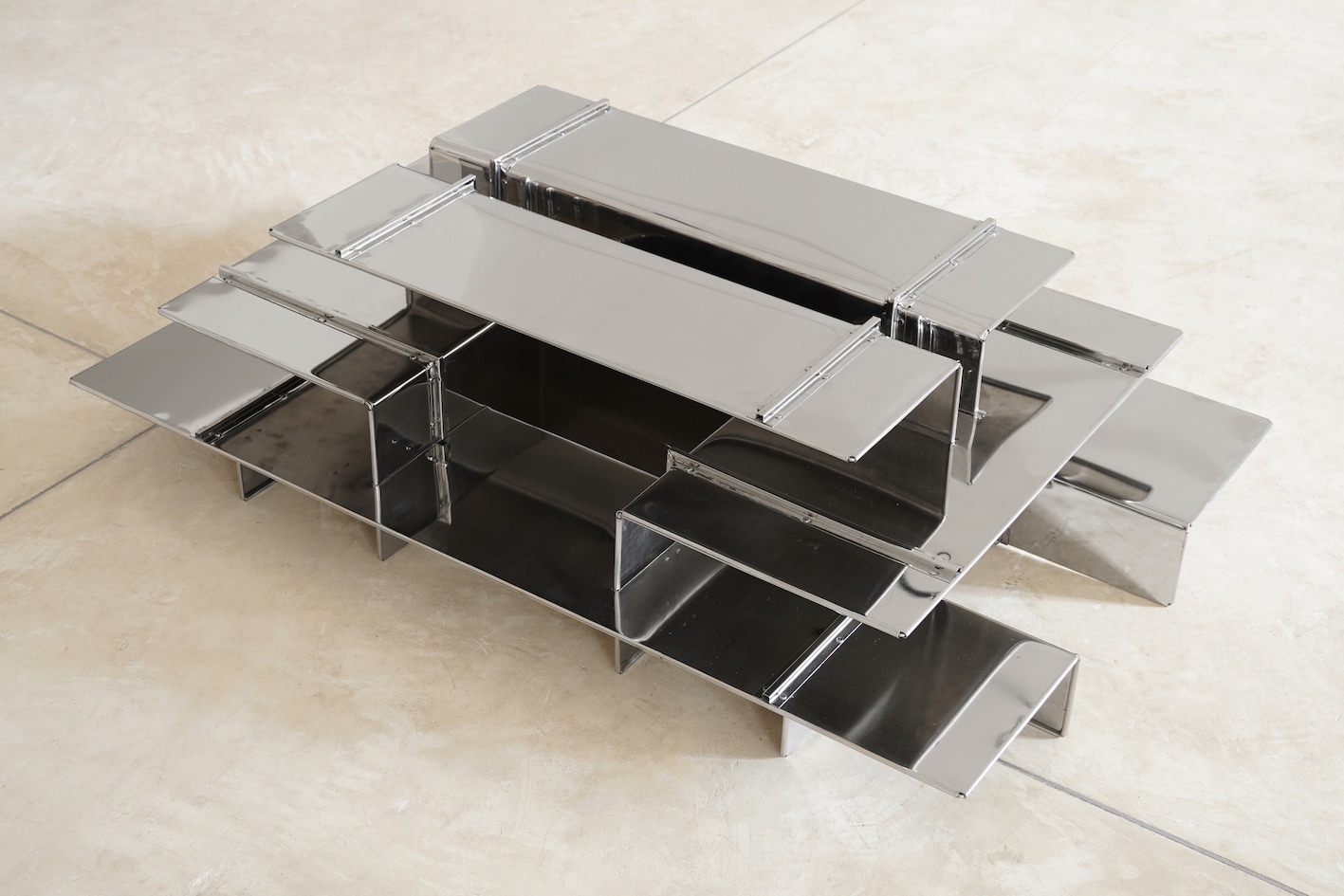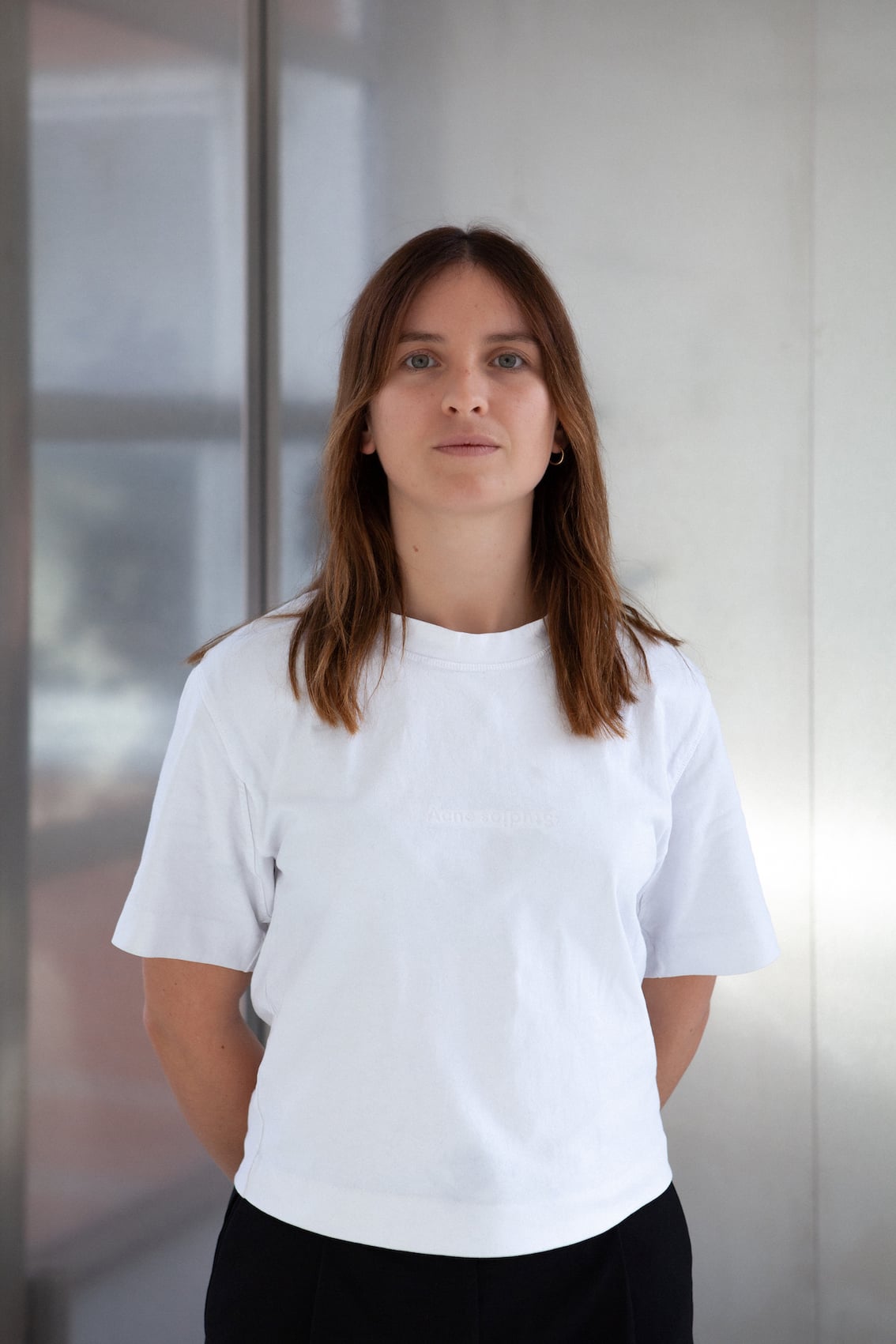
Wendy Andreu

Wendy Andreu is a craft designer who aims to communicate through the materials she is using. By experimenting with them, she finds surprising outcomes that can be translated into functional design proposals. She is able to execute any idea that comes to her mind in order to check the potential of it. She likes to think of the bridges between matter, people, and space in an open way. In her research, the context has as much importance as the concept, without forgetting the quality of the making and the aesthetic of the pieces.
She works from her atelier in the 19th arrondissement of Paris where she develops personal experimental projects as well as commissioned works for public and private clients.
1. Could you tell us your first memory related to design? How did your journey start?
I come from a small village in the South West of France. I was mainly raised by my grand parents who have a big garden, chickens and a small workshop. As a child, I was spending my Wednesdays outside, playing around. I was pretty obsessed with 2 things: playing with lego and building sheds in the field. I guess these were my first memories where I had to make aesthetically and functional decisions!
2. You studied in the Design Academy of Eindhoven. Could you tell us how this formation shaped your approach to design? What was the most inspiring part of your education?
I started studying at DAE in 2012 after graduating with a bachelor’s in metal craftsmanship at Ecole Boulle in Paris. I was really happy to be a student at the Design Academy because there was a lot of freedom, and each student could become the designer they wanted to become. My experience in France was that craftsmanship and design were two different disciplines that could not merge somehow. The designers were the « brains » and the craftspersons were the « hands ». In the Netherlands, the boundaries are much more fluid and I had the feeling that everything was possible.
At the Design Academy Eindhoven, students are pushed to go « out of their comfort zone » which is something not always easy. But this approach leads to the most innovative ideas! It helps the designers to be more humble and flexible in their way of thinking, allowing crazier thoughts to come in!
3. Would you say that there has been a key moment in your career? Could you tell us about it?
I started my career by doing a collection of fashion accessories. Soon after, I was part of the fashion week system in which I had to produce a new collection every 6 months. The idea of making new products, because it was summer or winter, was not really fulfilling my creative vision. Therefore I quit the fashion system pretty quickly and did what I always wanted to do: experimenting with materials in order to create newness. Since then, I have been developing very exciting projects: from prospective ones to commissioned ones.
Moreover, I feel that each new project brings new challenges and allows me to learn, which is something important to me. I can be bored pretty fast so everything that can bring a spark to my life is welcome!
4. Why did you choose the specific materials you work with ?
As I mentioned before, I was trained as a metal craftswoman: I am able to manipulate metal; mainly steel, stainless steel and aluminum.
I got to work with textiles during my studies at DAE. At that time, I wanted to experiment with a soft material: textile. As I had trouble working with conventional textile machines: sewing machine, knitting machine, loom, etc. I decided to not stitch the textile but glue it instead. From this moment, in 2014, I have been developing a textile which is not woven nor knitted but glued. It is a composite material made of cotton rope and silicone. 10 years later, I have developed this craft in many different ways, with different raw materials, in different shapes and aesthetics.
5. Could you describe a typical day of your work ?
I guess I have had the same lifestyle since 2011: wake up, go to the workshop with my bike, work!
6. Which designers, artist or creatives have influenced you?
Gaetano Pesce is one of my favorite designers. I am very inspired by his idea of creating diversity within the industrial process. He is playing with the codes of the series and the unique. I am currently doing a glass residency at CIRVA in Marseille. Pesce went there many times and did crazy pieces in glass. I had the chance to have a look at them and they are truly inspiring for my own research.
7. If your works had to belong to a design movement, in which one would you define it?
I don’t really place my work in a certain movement. I always try to make genuine proposals that are not influenced by the trends. Also as I will be doing my job for still a few years or hopefully decades, I allow myself to feel free and perhaps change aesthetics over time. Though, my practice is very much focused on materials, innovation and craft.
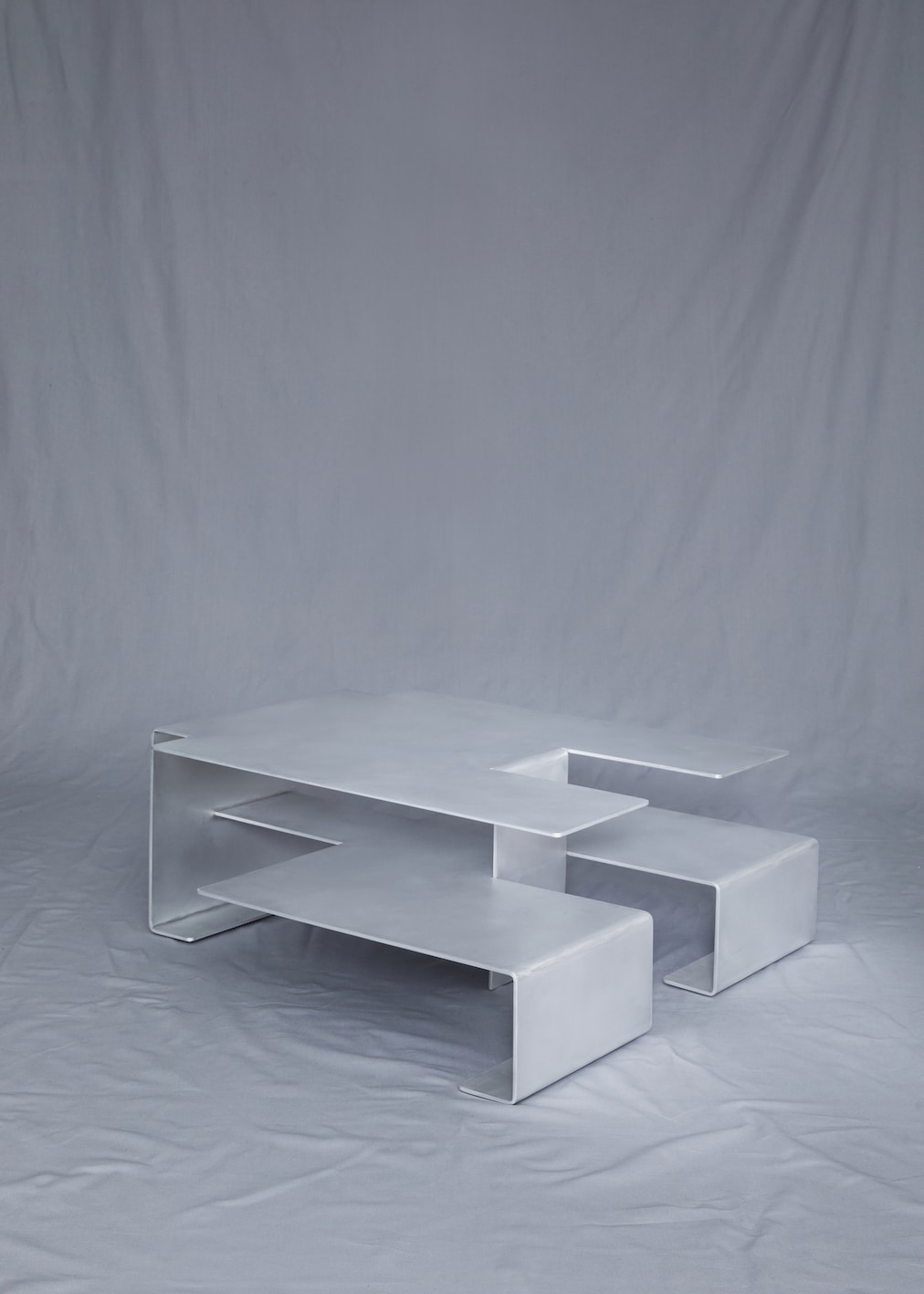
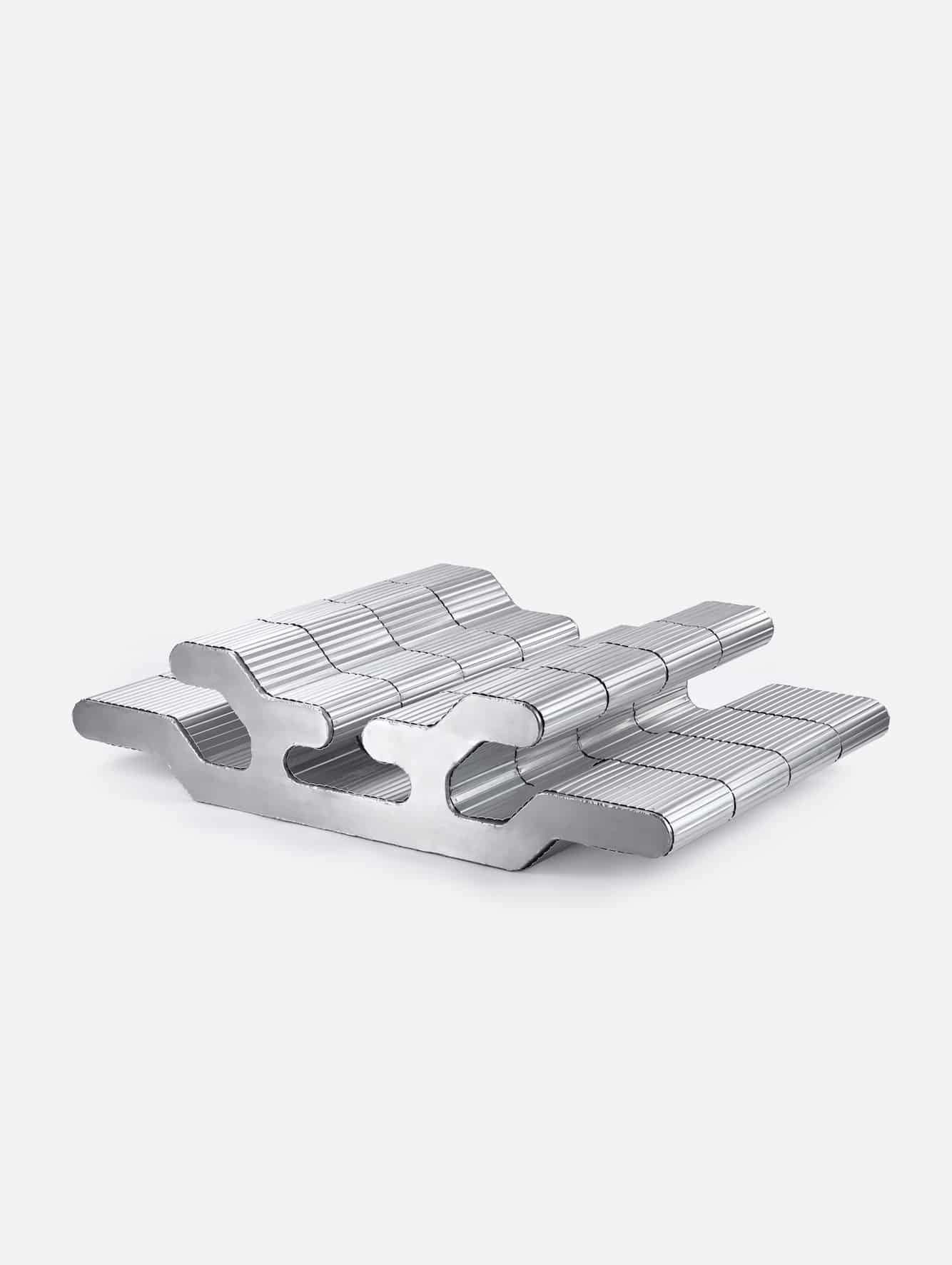
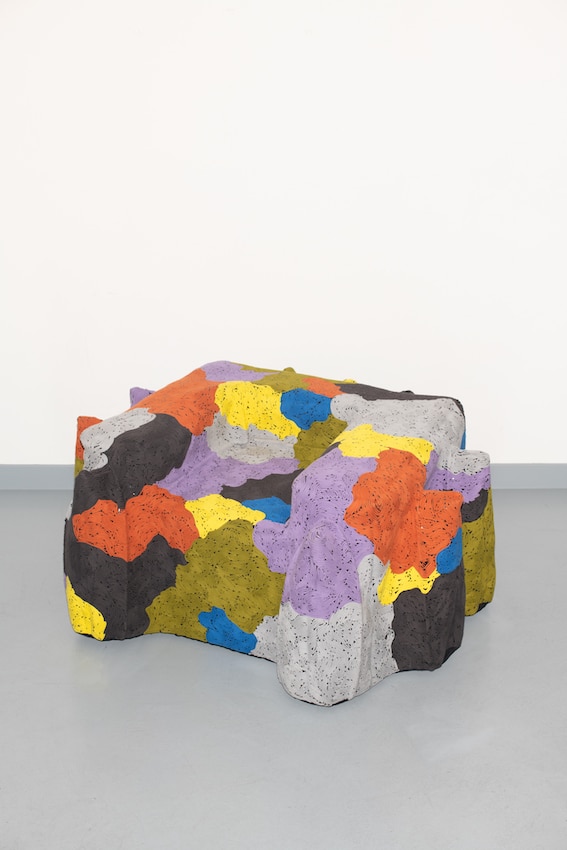
8. You are based in Paris. How is the city affecting your process, creativity and rhythm? Would you want to live in a different city?
I live in Pantin which is a small industrial city in the suburbs of Paris and I work in a brick building in the 19th district. I bike by the canal every day. My life still looks pretty Dutch!
Well, I like Paris because it is an international city, it is very strong for food, fashion, cinema, and interior architecture. I feel it gets even stronger for collectible design, especially with the first edition of Design Miami at Hotel de Maison last year. I like the fact that the city is pretty diverse: the landscapes can be completely different from one district to another. I have the feeling that everything is possible in this city. I also love Milan and London and I could see myself living in these cities too. And I have a fantasy about Los Angeles but I have never been there.
9. How would you describe your creative process? How do you get inspired?
When starting a new project, I like to make a meaningful statement. I analyze the context in which the project is taking place and then define a concept that is linked to this context. Moreover, I like to experiment with materials in order to go beyond the traditional know how and find new ways of transforming them. Overall, I am very sensitive to architecture, art, and fashion.
10. Is there a design object that fascinates you? That you could not live without?
I love many objects but my most favorite one is probably my bed these days. I also really like the Technogym equipments at my gym.
11. What is one of the hardest-learned lessons in your practice?
The hardest aspect of my practice is to be open enough to embrace a new project, yet remain myself to not distort my artistic vision.
12. What is the current project you are working on?
I am working on several projects at the moment: a new shelf, a bedhead for a villa in Corsica, a jewel, new designs for edition houses…
